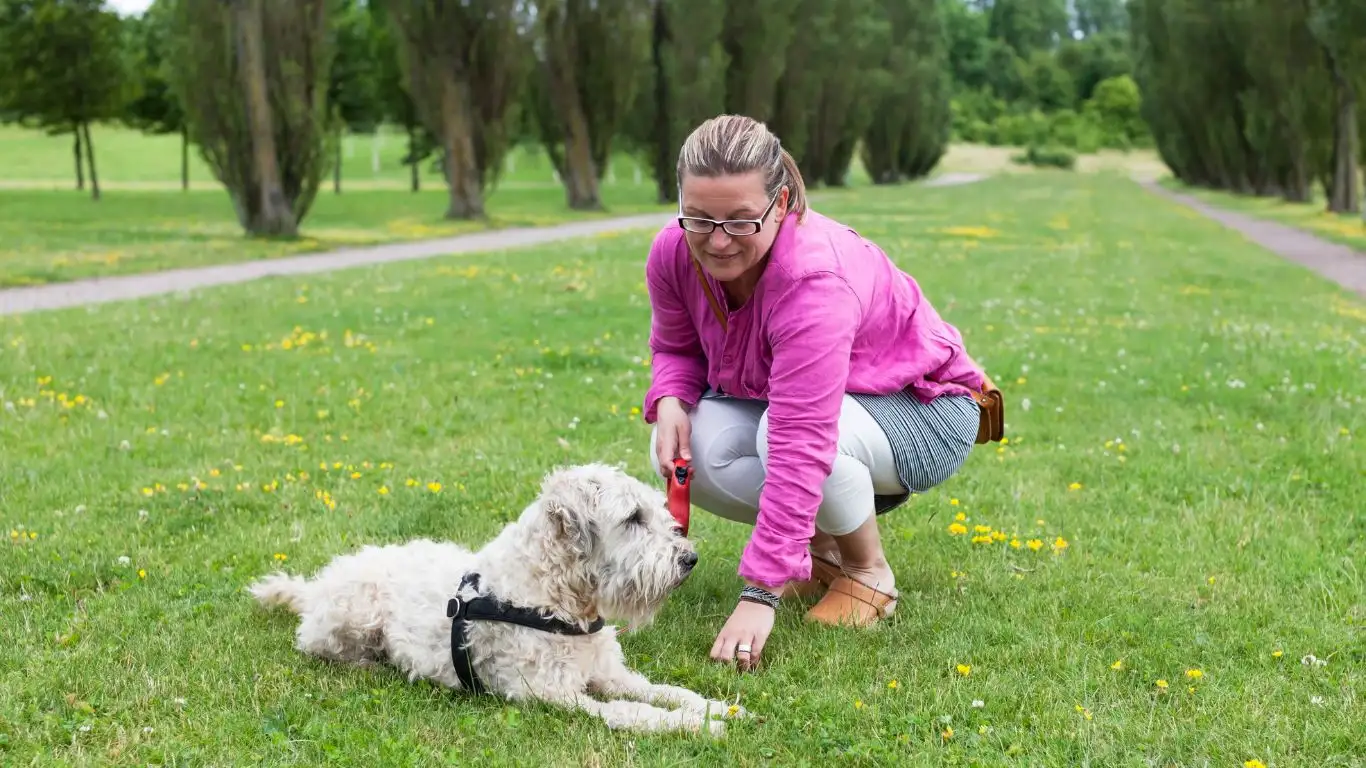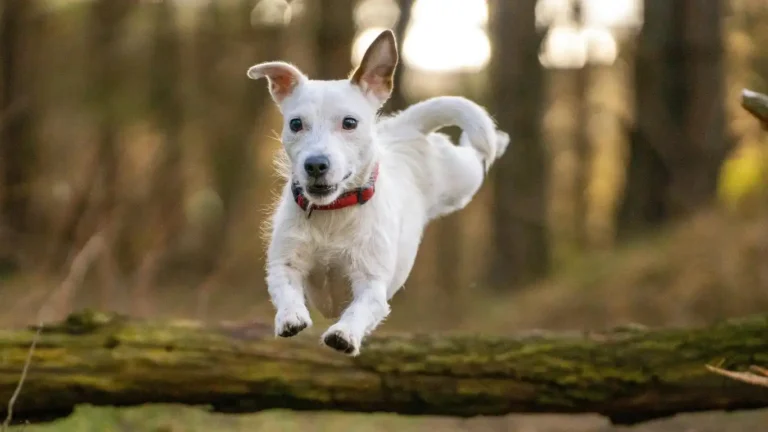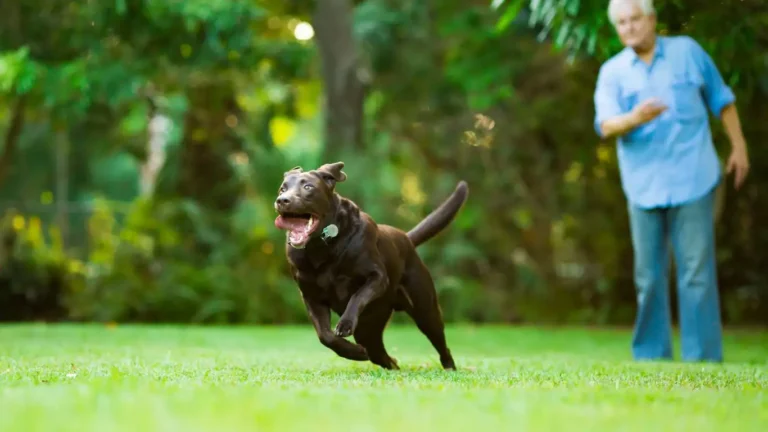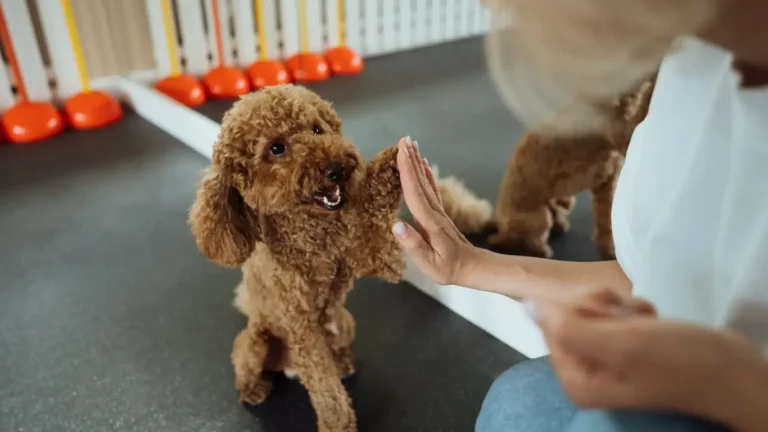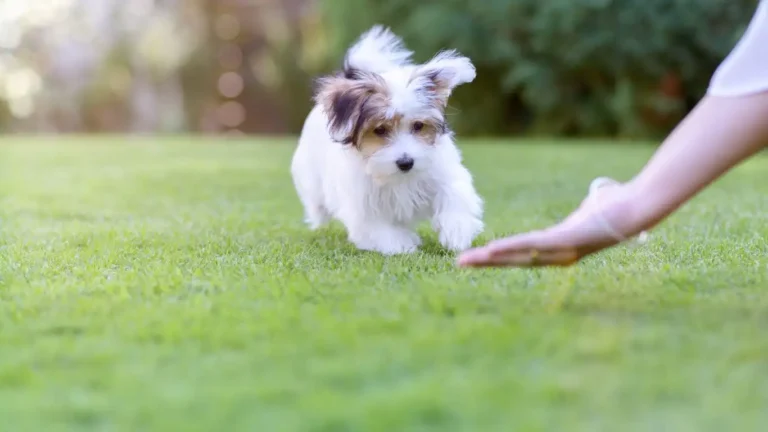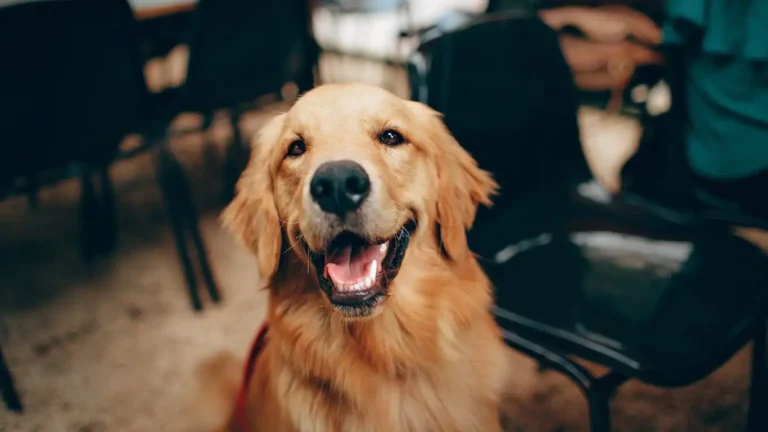Master How to Train a Dog to Listen Around Wildlife Without Stress
Ever been out on a beautiful trail with your pup, only to have them yank the leash the second a deer bolts across the path? Trust me, you’re not alone. One of the most common questions I get asked as a Canine-Assisted Therapy Trainer is how to train a dog to listen around wildlife. It’s not just about obedience—it’s about safety, trust, and strengthening the bond between you and your dog in unpredictable outdoor environments. When I first started taking therapy dogs out into more natural settings, I realized quickly that squirrels, birds, and even rustling leaves could completely hijack their focus. So, let’s dig into how you can train your dog to keep their cool when wildlife shows up.
Why Dogs React to Wildlife in the First Place
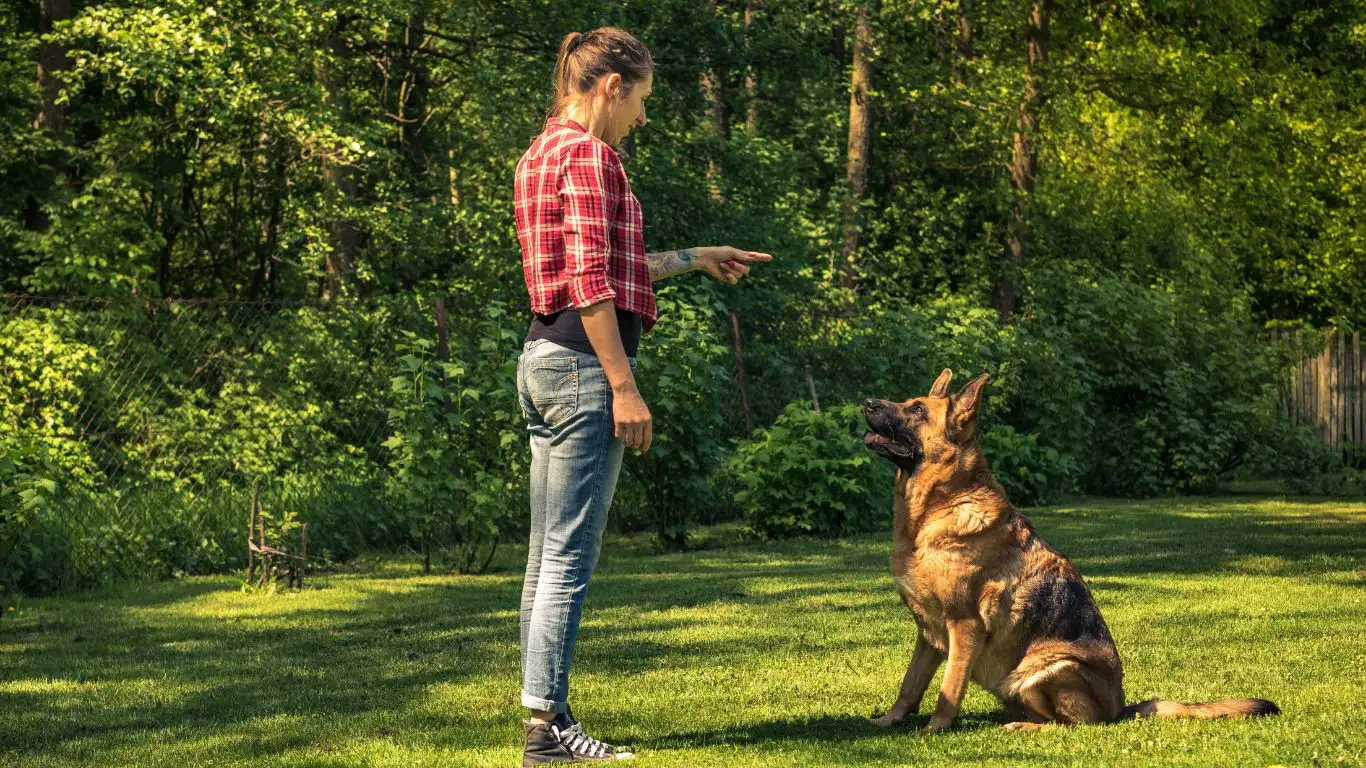
Before we jump into training techniques, it’s important to understand the *why*. Dogs are descendants of hunters, and many breeds have strong prey drives baked into their DNA. That squirrel isn’t just a cute critter—it’s basically a moving squeaky toy.
Instincts vs. Training
Some dogs are naturally more reactive to movement. Sight hounds like greyhounds or whippets? Good luck keeping their attention once a rabbit crosses the trail. But even chill breeds can get overstimulated. What matters most is how we teach them to respond *instead* of react.
- Prey drive is not aggression – it’s instinct.
- Reactiveness isn’t disobedience – it’s usually a lack of impulse control.
- Focus can be trained – with the right tools and consistency.
Lay the Foundation at Home First
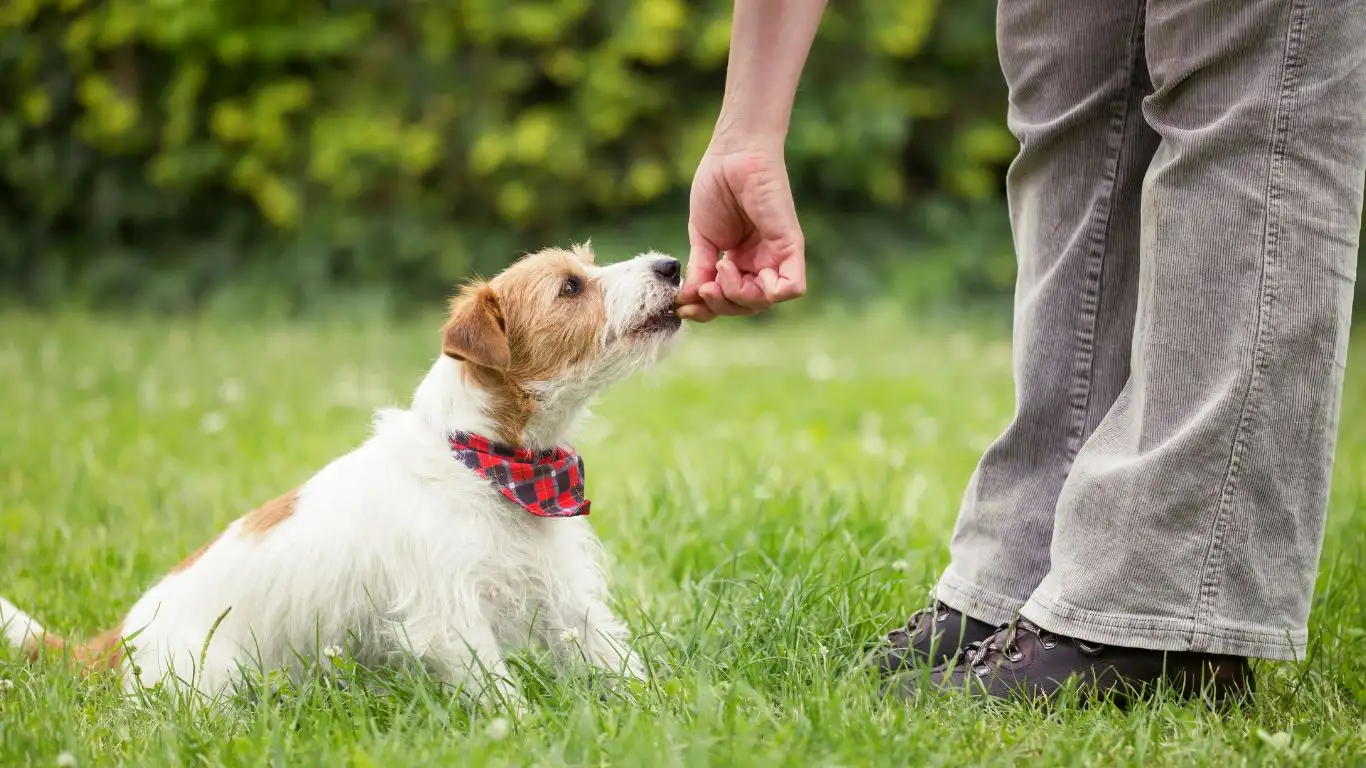
If I had a dollar for every client who wanted to train their dog around deer before mastering “sit” in the living room, I’d have a second backyard. Before wildlife-proofing your dog, you’ve got to build reliable engagement skills at home. Trust me, if they can’t ignore the cat on your couch, they’re not ignoring a fox in the woods.
Start With Name Recognition
Sounds basic, right? But it’s gold. When your dog hears their name, they should whip around like you just said, “Free bacon.” Practice with:
- Short, upbeat tone (no yelling their name in frustration!)
- Lots of treats when they look at you
- Random timing – keep them guessing
I’ve found even my most distracted therapy dogs dialed in fast once their name became a predictor of good things.
Introduce a “Look at Me” Cue
This is your secret weapon. Use a clicker or verbal marker when your dog gives you eye contact, then reward like it’s Christmas morning. Start small, indoors, then level up with distractions (TV on, doorbell, etc.)
Once this becomes muscle memory, your dog is better equipped to check in with you—rather than bolt—when something exciting happens outside.
Leash Work: More Than Just Walking
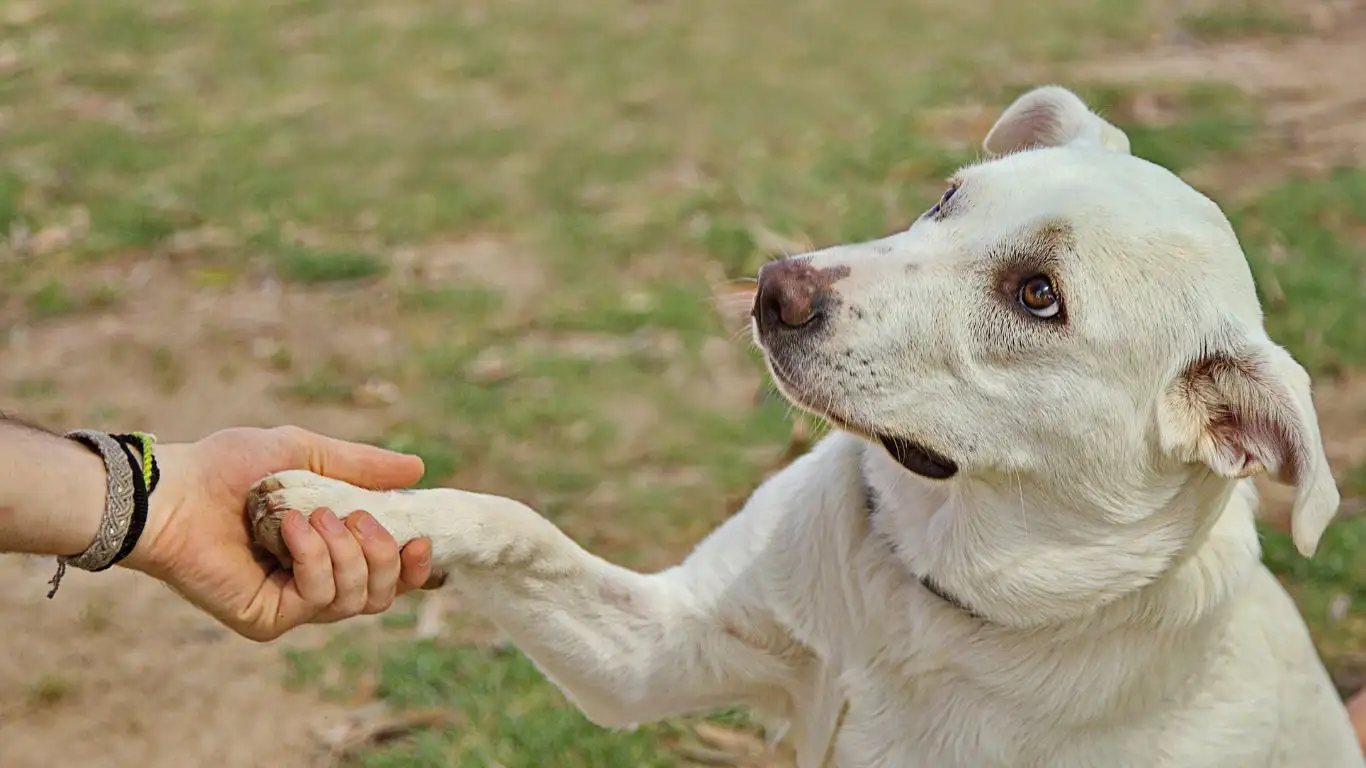
Here’s where we begin bridging the gap between training and real-life scenarios. When you’re teaching how to train a dog to listen around wildlife, leash manners matter. A taut leash not only restricts movement, it can amp up a dog’s tension. Loose leash walking helps keep your dog mentally balanced, especially in reactive situations.
My Go-To Leash Techniques:
- Turn and reward: If they pull, stop and turn the other way. When they follow, reward. Rinse and repeat.
- Practice “let’s go”: A happy verbal cue that means “walk with me, not ahead of me.”
- Reward check-ins: Anytime your dog looks up at you during a walk—treat it like magic.
These small habits reinforce the idea that staying connected to you is always more rewarding than chasing whatever just ran into the bushes.
Recognizing Early Warning Signs of Distraction
In my experience, dogs rarely just *snap* into chase mode. There are almost always tells—like a stiff body, ears forward, or even that slow tail wag. Learning your dog’s personal signals is key to redirecting before things escalate.
Keep an Eye Out For:
- Sudden pause followed by staring
- Closed mouth or tight jaw
- Whining or low growls
When I notice these signals, I immediately engage the dog with a command they know well, like “touch” (nose to hand) or “find it” (treat toss). Not only does this break the spell, it shifts their focus back to you in a non-confrontational way.
Slow Exposure to Wildlife: Don’t Skip This Step
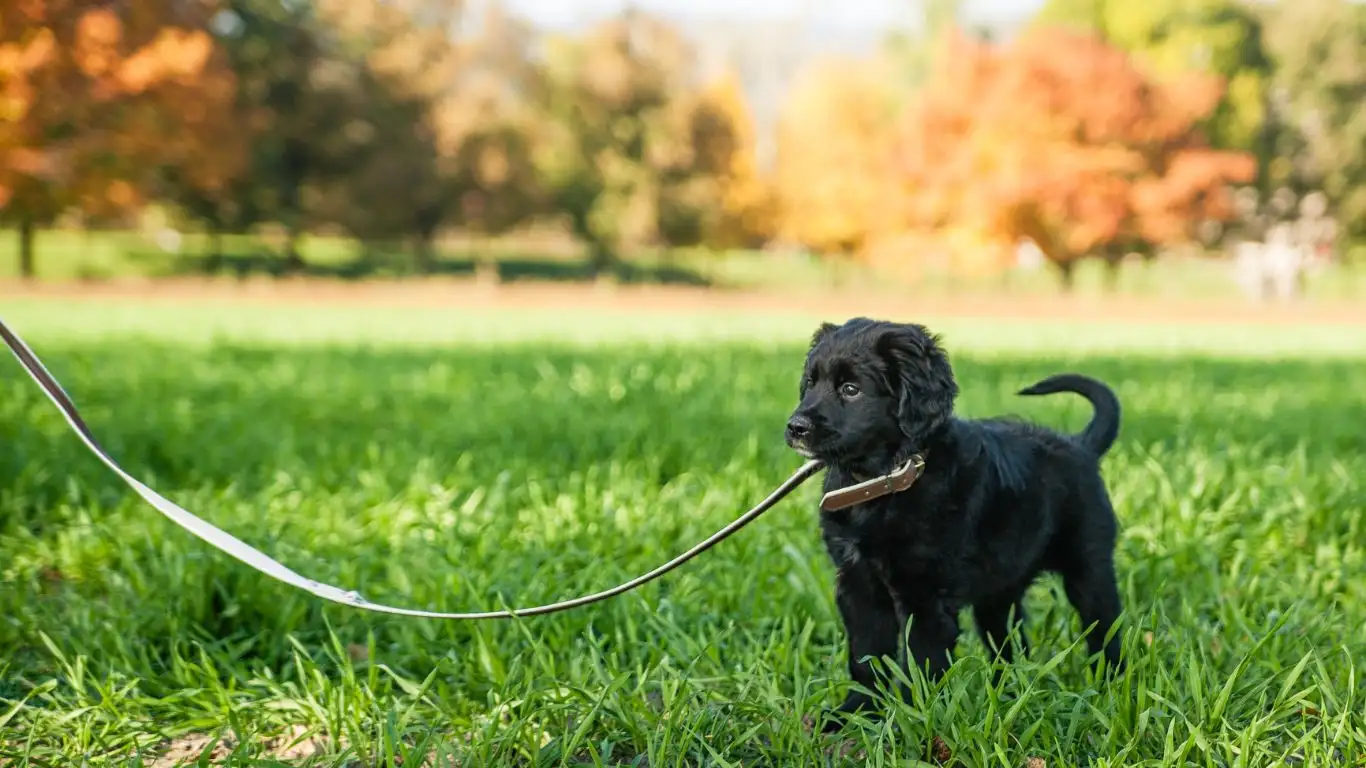
Okay, now that we’ve got some solid foundation work down, let’s talk about the *real-world* stuff—getting your dog to stay calm and responsive when they actually see wildlife. And here’s the key: don’t rush it. You can’t go from zero to chasing squirrels in a single weekend. Trust me, I’ve worked with plenty of overzealous pet parents who skipped this step, and it always backfires.
Start with Distance
When your dog first sees a wild animal—say a rabbit or deer—you want to make sure you’re at a distance where they can notice but still think. If they’re too close and go into tunnel vision mode, it’s game over. You can’t train when they’re already checked out.
- Pick a spot where wildlife is *visible*, but not close.
- Use a long lead (15-30 feet) to give your dog space to move but stay safe.
- Mark and reward any calm behavior: sitting, glancing at you, sniffing the ground.
One of my past therapy dogs, Bailey—a golden retriever with a nose like a bloodhound—could barely handle birds flapping overhead. We had to work slowly. One squirrel sighting at a time, always at a distance where he could still take treats and respond to his name.
Don’t Make a Big Deal
If your energy spikes when a deer appears—tightening the leash, raising your voice, or panicking—your dog will think something serious is happening. Keep it chill. Talk to your dog like nothing’s up. I’ll casually say, “Oh look, just a bunny,” and redirect their attention back to me with a treat or a known command.
Training Reliable Commands for High-Distraction Situations
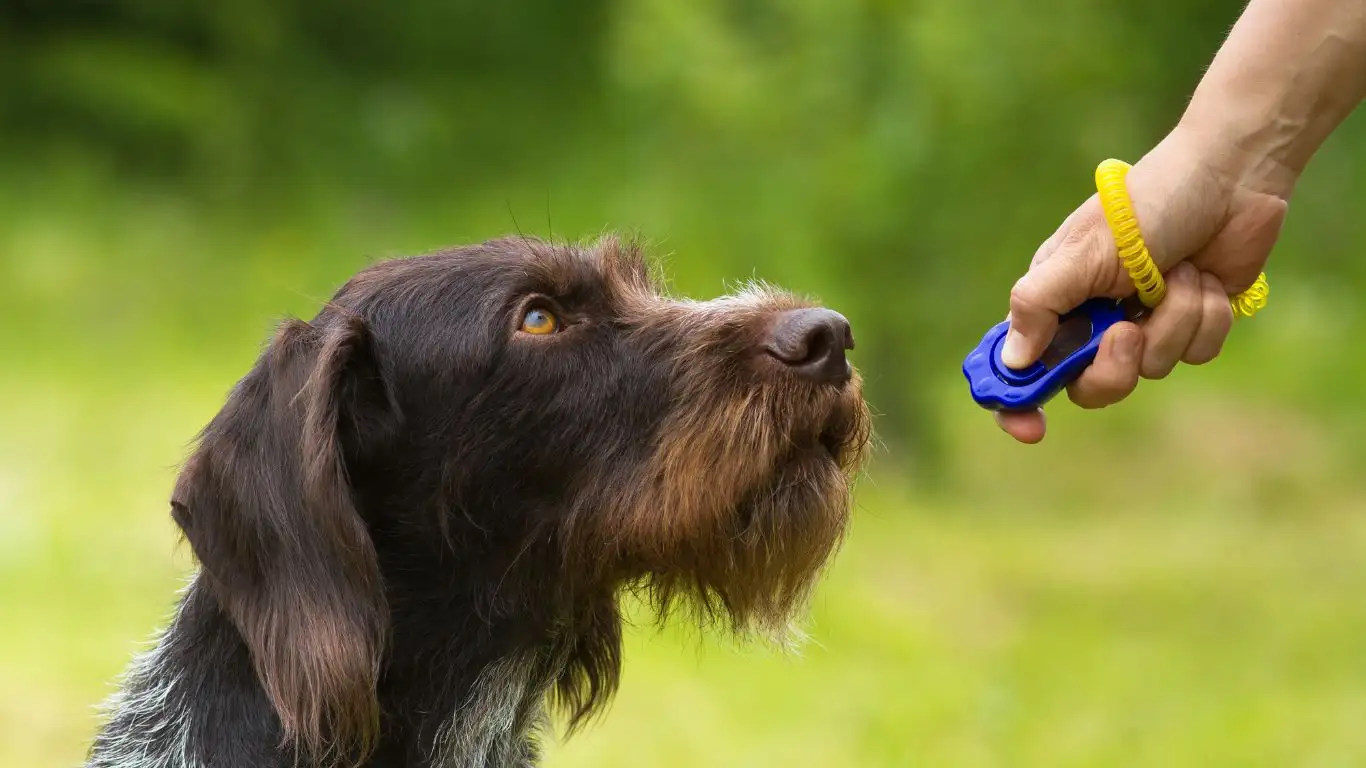
Let’s get into the nitty-gritty of actual commands. Teaching your dog how to listen around wildlife comes down to giving them clear, practiced cues they can rely on when instinct kicks in.
The “Leave It” Cue
This one’s non-negotiable. If your dog doesn’t know “leave it,” stop what you’re doing and teach it today. It’s one of the most versatile commands for keeping your dog from obsessing over everything from raccoon tracks to baby bunnies.
- Start with low-value items indoors (a treat in your hand).
- Say “leave it,” cover the treat, and reward when your dog backs off.
- Work up to dropping food on the ground, then eventually use it outside around distractions.
Real talk—this saved one of my client’s dogs from running into a nest of ground-nesting birds. One firm “leave it,” and he froze in place. That only happened because they practiced it a *lot* at home and in gradually challenging spots.
The “Come” Command (with High-Value Payoff)
A strong recall is pure gold in nature. You want your dog to run back to you like you’re the most exciting thing on the planet. Don’t be stingy with the rewards here—hot dogs, cheese, freeze-dried liver, whatever makes your dog’s eyes pop.
Try this in stages:
- Short distance, indoors, with a happy “come!”
- Use a long line outdoors, gradually increasing distance.
- Layer in distractions—other dogs, moving people, wildlife at a distance.
When I trained my border collie mix, Luna, I had to compete with her obsession with squirrels. I made myself way more fun—praise party, toss a toy, drop a treat trail. It wasn’t just recall; it became a game she *wanted* to win.
Using Scent Work to Redirect Prey Drive

This is one of my favorite training hacks, especially for dogs with strong prey instincts. Redirecting their natural desire to hunt toward *something constructive* like scent games can be a total game-changer.
Simple Scent Game Ideas
- Scatter feeding: Toss kibble or treats in tall grass and let your dog sniff it out.
- Hide and seek: Hide a favorite toy with your scent or treats under leaves or behind logs.
- “Find it” cue: Teach your dog to search for something specific you hide while hiking.
Scent work mentally exhausts your dog in the best way. After a 15-minute session, they’re often way more grounded and less likely to go full sprint after the next rabbit they smell.
In therapy dog training, we often use scent work to settle hyperfocused dogs. It not only calms their mind but gives them a productive outlet for their energy. Think of it as turning their prey drive into a puzzle-solving superpower.
Practicing in Real Environments: From Backyard to Trail

Once your dog has mastered commands like “leave it” and “come” in controlled settings, it’s time to gradually introduce them to real-world scenarios. Start in your backyard, then progress to local parks, and eventually to trails where wildlife is more prevalent. This step-by-step approach helps your dog adapt to increasing levels of distraction without becoming overwhelmed.
Utilize Long Leads for Controlled Freedom
Using a long lead (15-30 feet) allows your dog to explore while still giving you control. This is especially useful in areas where wildlife is present. If your dog starts to fixate on an animal, you can gently guide them back to focus using the lead, reinforcing the training without the risk of them bolting.
Incorporate Realistic Distractions
Introduce distractions gradually. For instance, have a friend or family member simulate wildlife movement at a distance. Reward your dog for maintaining focus on you despite the distraction. Over time, this builds their resilience to real wildlife encounters.
Understanding and Managing Prey Drive

Prey drive is a natural instinct in dogs, but it can be managed through training and redirection. Recognizing the signs of prey drive—such as intense staring, stalking posture, or sudden lunging—allows you to intervene early.
Redirect with Engaging Activities
Channel your dog’s energy into activities that satisfy their hunting instincts in a controlled manner. Games like fetch, tug-of-war, or scent work can be effective. For example, teaching your dog to search for hidden treats engages their nose and mind, providing a productive outlet for their energy.
Consistency is Key
Regular practice and consistency in commands help reinforce desired behaviors. If your dog is rewarded for ignoring wildlife and focusing on you, they’ll be more likely to repeat that behavior. Remember, every interaction is a training opportunity.
Advanced Training Techniques
For dogs with strong prey drives or those that struggle with basic commands, advanced training techniques may be necessary.
Engage a Professional Trainer
Working with a professional dog trainer can provide personalized strategies tailored to your dog’s specific needs. They can help identify triggers and develop a comprehensive training plan.
Use of Training Tools
Tools like head halters or no-pull harnesses can aid in managing your dog’s behavior during walks. These tools provide better control and can be used in conjunction with training to discourage lunging or pulling towards wildlife.
Legal and Ethical Considerations
It’s important to be aware of local laws and regulations regarding wildlife and dog behavior. In some areas, allowing your dog to chase wildlife can result in fines or other penalties. Always keep your dog on a leash in areas where wildlife is protected.
Respect Wildlife and Habitats
Training your dog to ignore wildlife not only ensures their safety but also protects local ecosystems. Disturbing wildlife can have negative impacts on animal populations and habitats. Responsible dog ownership includes respecting the natural environment.
References
- American Kennel Club: Why Is My Dog Chasing Everything?
- Happy Hounds Dog Training: Dog Prey Drive Training
- PetPLAY: How to Stop Dogs from Chasing Wildlife
- Up Here Publishing: Teaching a Puppy to Respect Wildlife
Disclaimer
The information provided in this article is based on personal experience and publicly available resources. It is intended for educational purposes only and should not replace professional veterinary or training advice. Always consult with a qualified professional for specific concerns regarding your dog’s behavior and training needs.
